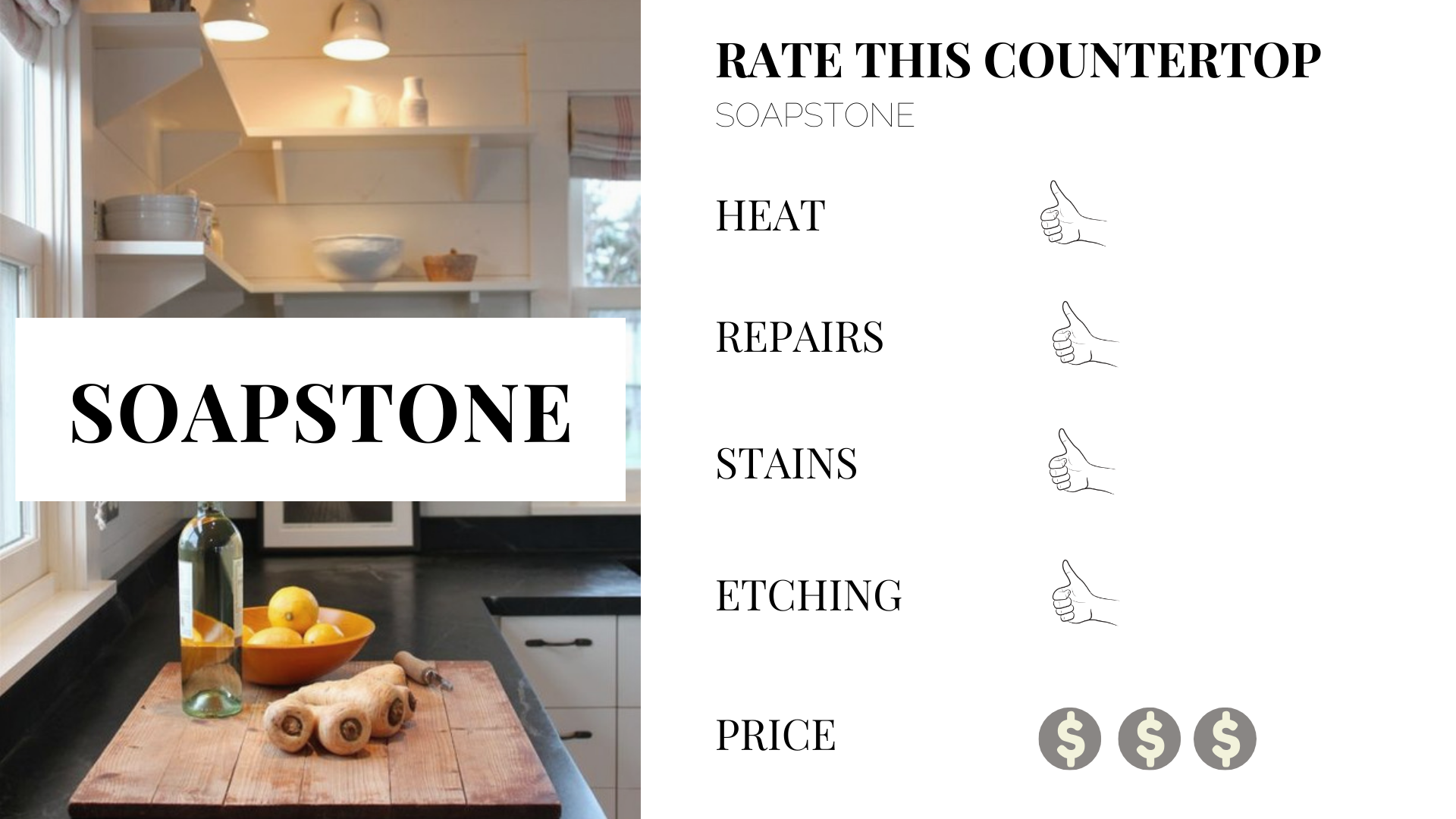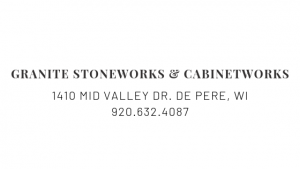SOAPSTONE
What is Soapstone?
It is composed of several minerals, the most abundant being talc. Steatite is harder than talc, making it suitable for durable surface applications like countertops. Soapstone with a higher talc content is far softer and is often used for carving. For years, soapstone was the go-to choice for lab counters because of it’s dense, non-porous surface. It can withstand spills of bleach or acid, burst pens or spilled soda which makes it pretty great in a kitchen. The non-porous surface also makes soapstone naturally anti-bacterial and incredibly easy to clean.
Care & Maintenance
Because soapstone is non-porous it doesn’t require any sealing. Which means no chemical off-gassing in your kitchen. The stone can be left in its natural state, and will remain light grey, or it can be oiled to reveal a dark charcoal color Food grade mineral oil does the job – a quick wipe on/wipe off and the stone will immediately go black, leaving any veins white and creating a beautiful contrast. The oil doesn’t sink into the stone (non-porous…) nor is it sealing or protecting the stone, it is only “speeding up” the natural darkening process. The oil will fade after time and will need to be reapplied, after about 6 months of regular oiling the dark color will be almost permanent. Wax is also an option, it tends to stay on a slightly longer than the oil, but it takes a little more effort to apply.

